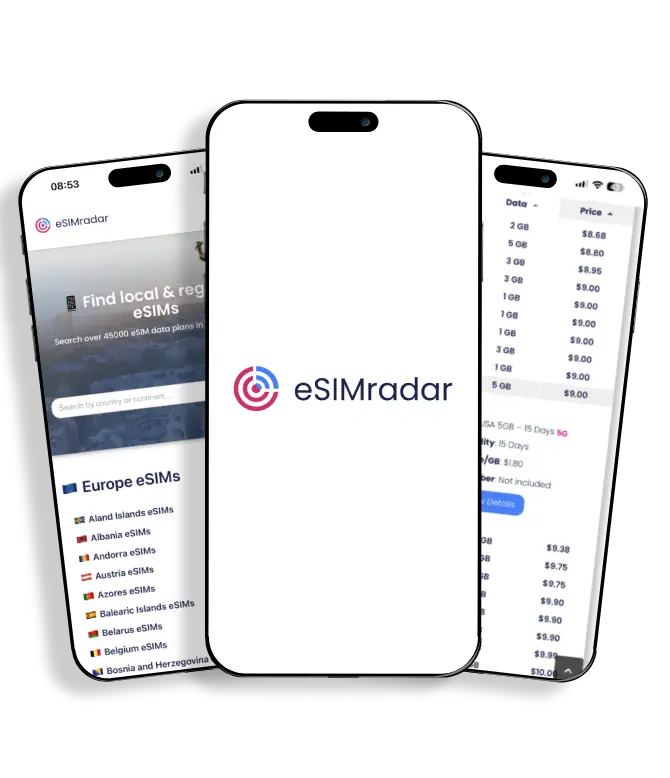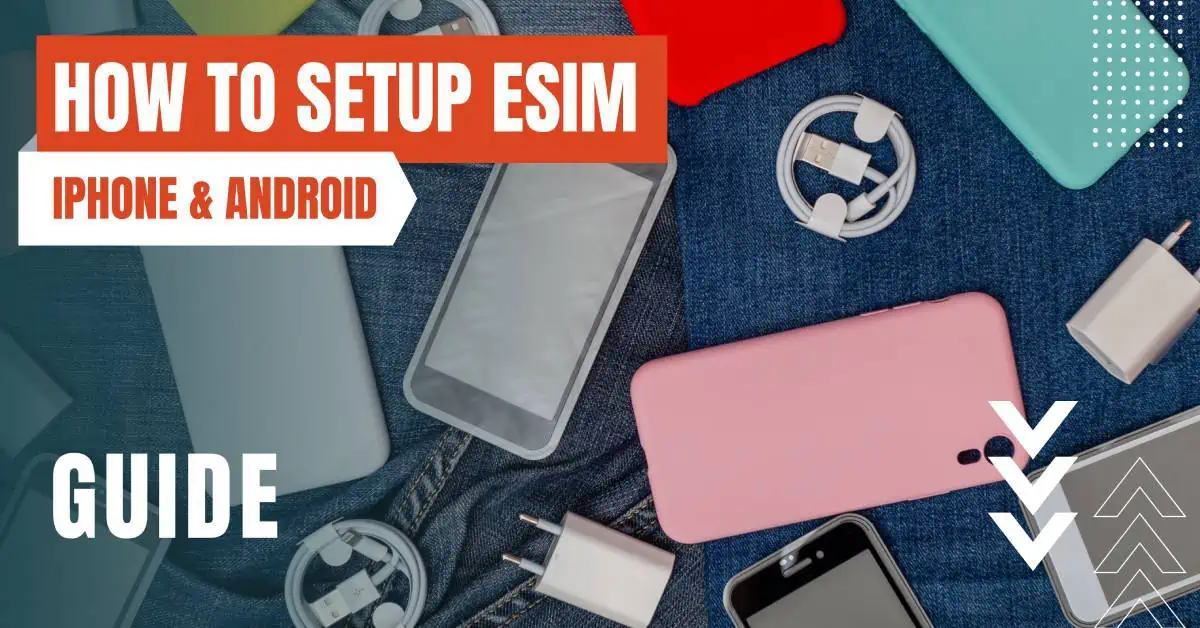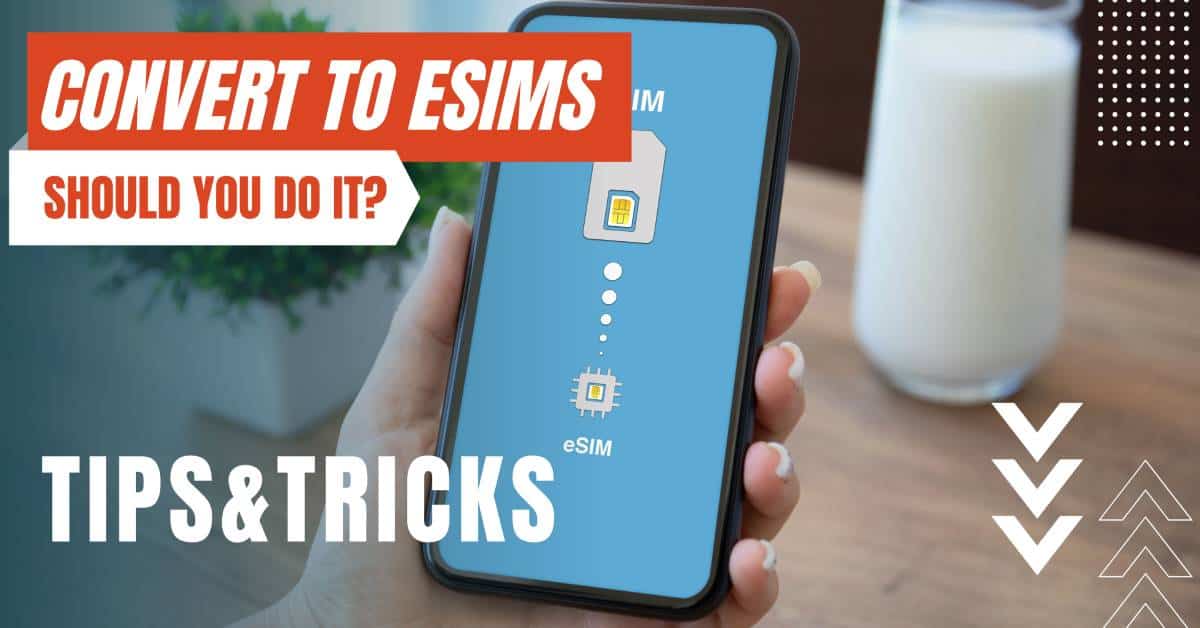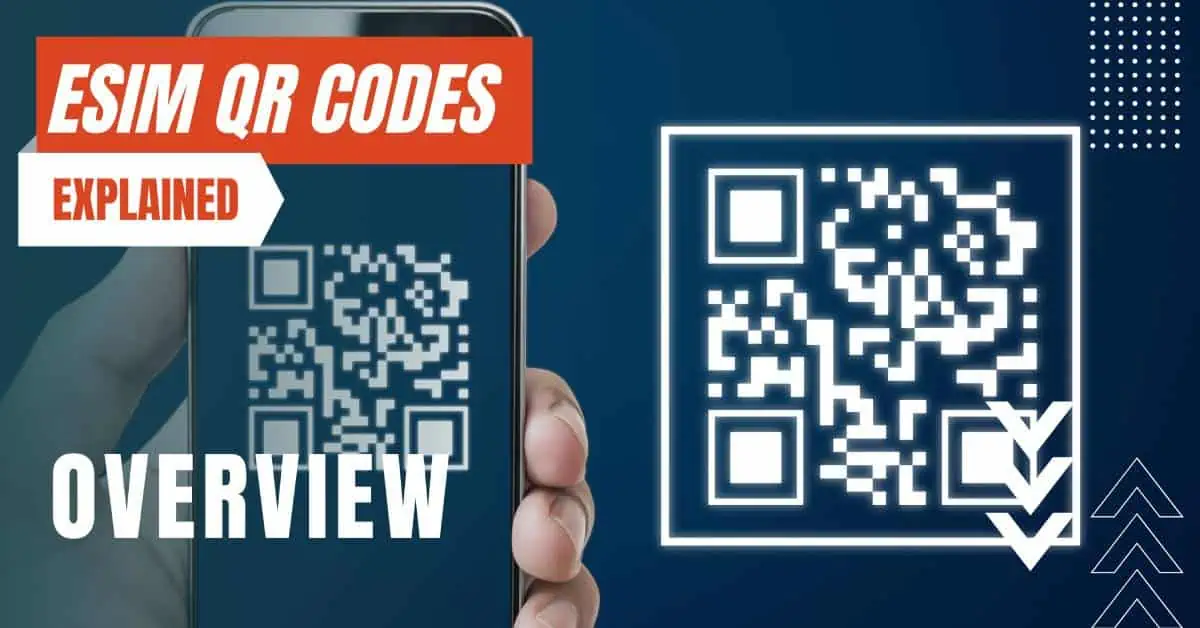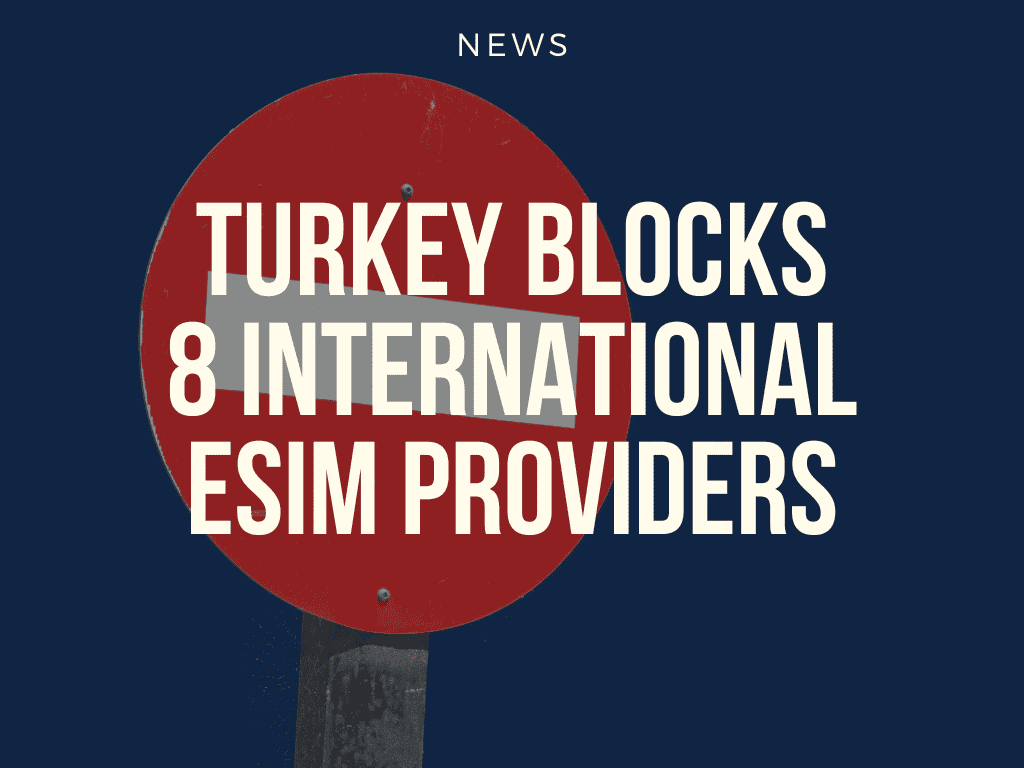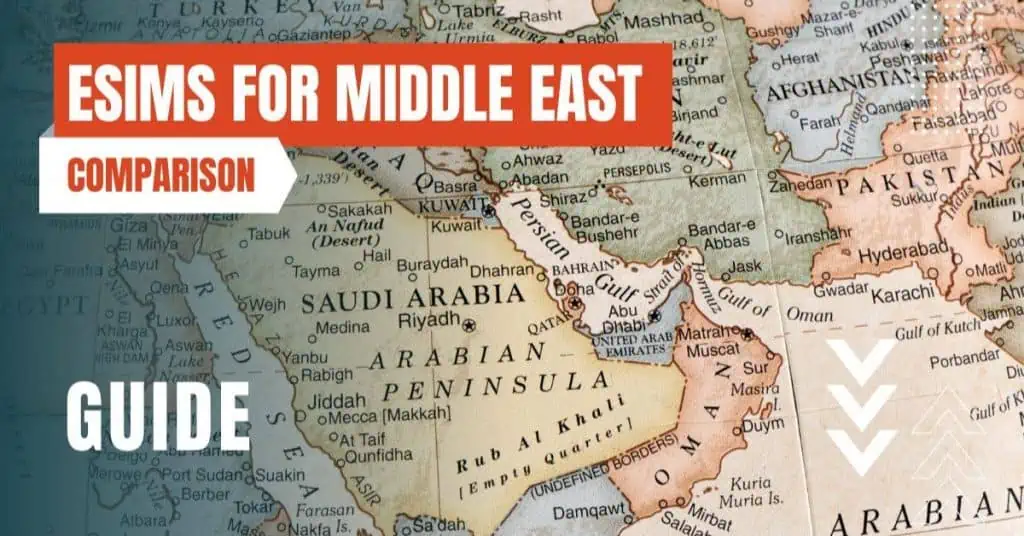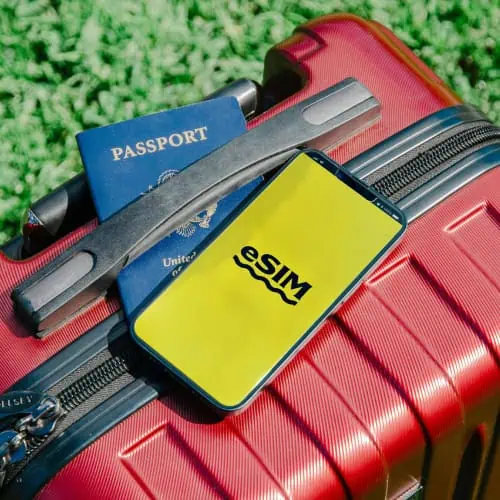All of the products and services we feature are chosen independently. If you click through links we provide, we may earn a commission. Learn more
Written by: Emily Chen
CDMA vs GSM
- Updated: September 30, 2023 | Published:
In the realm of mobile technology, few terms are as ubiquitous and yet as enigmatic as LTE. It’s a term that’s thrown around in every smartphone specification sheet, and yet, its understanding remains elusive to many.
So, let’s dive in and unravel the magic of LTE.
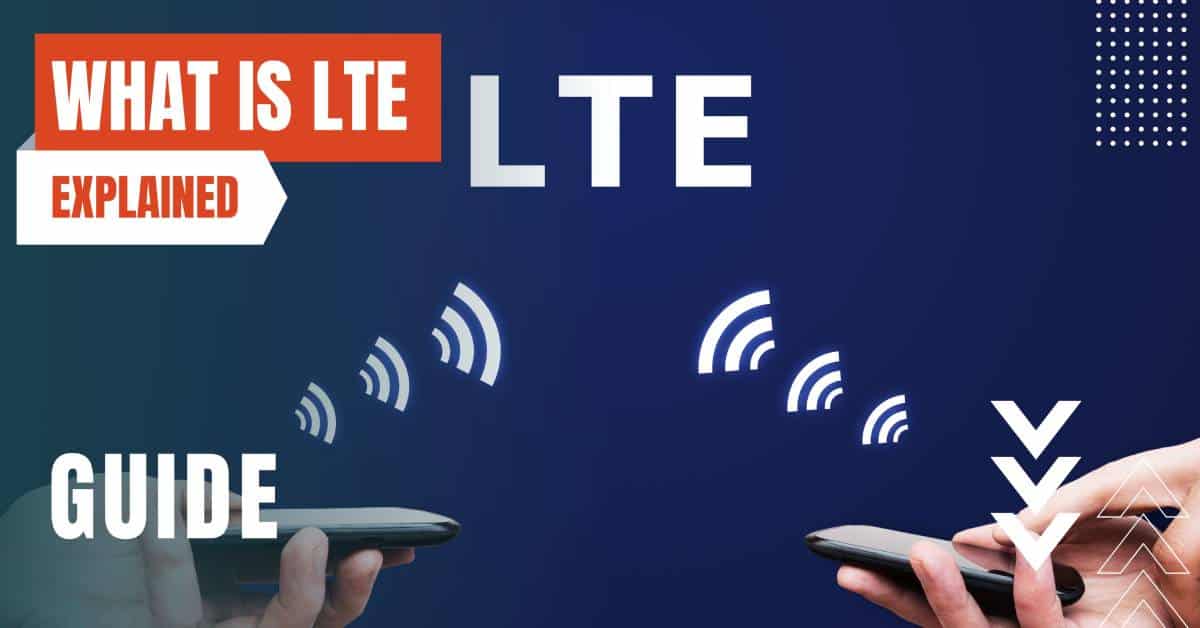
The ABCs of LTE
LTE, or Long Term Evolution, is the gold standard in mobile connectivity. It’s the technology that powers the high-speed internet on your smartphones, tablets, and even some modern laptops.
But what exactly is LTE?
In the simplest terms, LTE is a 4G (fourth generation) wireless communication standard developed by the 3rd Generation Partnership Project (3GPP), a consortium of several telecommunications standards organizations.
It’s designed to provide up to 10x the speeds of 3G networks for mobile devices.
The Need for Speed
In an era where everything from your social media feeds to your favorite Netflix shows relies on data, speed is of the essence. LTE delivers this speed, offering peak download rates of 300 megabits per second (Mbps) and upload rates of 75 Mbps.
In comparison, 3G networks offer download speeds of up to 3.1 Mbps. That’s a massive leap, and it’s what allows you to stream HD videos, play online games, and browse the web seamlessly on your mobile device.
How Does LTE Work?
LTE operates on a different technology than its predecessors. While 2G and 3G networks were based on circuit-switching technology, LTE uses a flat, IP-based system.
This means that instead of establishing a dedicated circuit for each communication session (like when you make a call), LTE treats all communications as data. This makes it more efficient, allowing for faster data transmission and reducing latency.
The Evolution of LTE
The journey of LTE from its inception to its current widespread use is a tale of continuous evolution and improvement. The initial version of LTE, often referred to as LTE Classic, was first deployed in 2009. Since then, it has undergone several upgrades, each aimed at enhancing its capabilities and addressing its limitations.
One such upgrade is LTE-Advanced (LTE-A), which was introduced in 2011.
LTE-A introduced features like carrier aggregation, which allows for the combination of multiple carriers into a single data channel to increase data rates, and MIMO (Multiple Input Multiple Output), which uses multiple antennas at both the transmitter and receiver to improve communication performance.
LTE and VoLTE: A Match Made in Heaven
While LTE was primarily designed for data communication, it has also revolutionized the way we make voice calls with the introduction of VoLTE, or Voice over LTE. VoLTE allows voice calls to be packaged and transported as data through LTE networks.
This results in higher quality voice calls, faster call setup times, and the ability to use voice and data simultaneously.
The LTE Landscape Today
Today, LTE is the most widely used wireless mobile technology around the globe. It’s available in over 200 countries and is supported by countless devices, from the latest iPhone to the most affordable Android smartphones.
However, the world is already gearing up for the next big thing in mobile technology – 5G. While 5G promises even faster speeds and lower latency, LTE is far from being obsolete.
In fact, LTE is expected to coexist with 5G for many years to come, serving as a reliable fallback for areas where 5G coverage is not available.
LTE has revolutionized the way we use our mobile devices. It has made high-speed internet access a reality for millions of people around the world, transforming the way we work, play, and communicate. As we look forward to the era of 5G, LTE will continue to play a crucial role in our digital lives.
So, the next time you see ‘LTE’ on your smartphone screen, you’ll know the magic that’s at work behind those three letters.
By entering your email & signing up, you agree to receive promotional emails on eSIMs and insider tips. You can unsubscribe or withdraw your consent at any time.

About The Author
Spread the Word, Share the Joy
Compare eSIMs
Why keep the secret to yourself? Spread the joy of eSIMradar and let everyone in on the eSIM experience!

Easy eSIM Comparison for Your Needs
Simplifying your search! Easily compare eSIM plans tailored to your specific needs

Coverage in 210+ Countries
Benefit from our extensive eSIM comparison with 30+ providers in over 210 destinations.

Save money without second-guessing
Our platform helps you maximize value, ensuring competitive prices.

Enjoy Hassle-Free Travel Abroad
Whether you’re on holiday or a business trip abroad, stay connected with ease and focus on enjoying your experiences,
Find Your Perfect eSIM & Exclusive Deals!
Find your ideal eSIM effortlessly and stay connected in style wherever your adventures take you! Get exclusive deals and discounts at your fingertips, ensuring you get connected for less on your travels!
